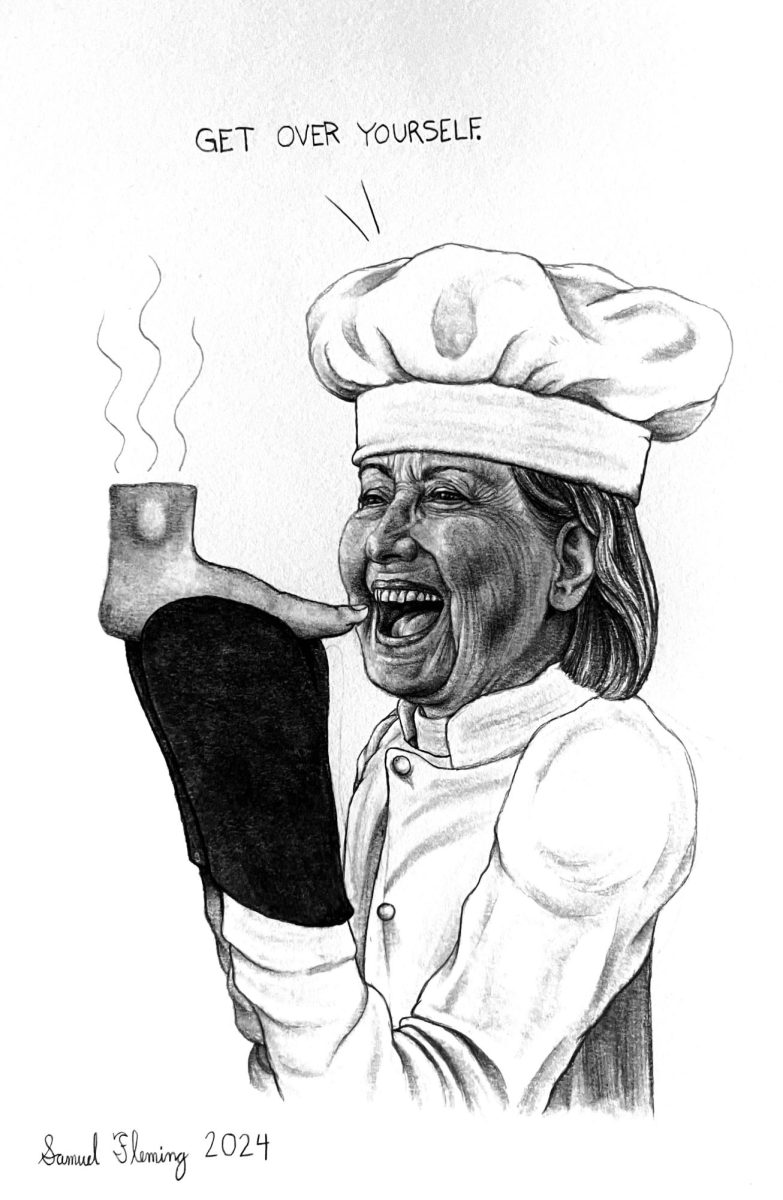Despite that more than 400,000 people have been killed in the ongoing genocide in Darfur, the situation has received scant attention in mainstream media with the exception of the occasional editorial and opinion piece decrying the lack of coverage. Through a paid subscription to the New York Times’ TimesSelect service, I’ve been able to follow the story a bit more closely than most by keeping up with columnist Nicholas Kristof. As I saw his coverage of the genocide’s expansion into Chad recently, I became frustrated with the fact that only paid subscribers will get to see the interviews with villagers with the real fear in their eyes and images of an underfunded Chadian military retreating, leaving countless more to die.
If this genocide were receiving coverage like Hurricane Katrina or the 2004 tsunami did, Americans would rally behind relief efforts. Sadly, most of us probably have no conception of what life is like in most of Africa, let alone Darfur. What understanding we do have is informed by publications like National Geographic that present painted warriors as if such displays are common.
The lack of authentic coverage of many people’s lives, not just those in Darfur, has been tied to the fiscal interests of advertisers seeking media that will enhance the sales of their products. In her book “Can’t Buy My Love: How Advertising Changes the Way We Think and Feel,” Jean Kilbourne writes, “The (media’s) emphasis on the affluent surely has something to do with the invisibility of the poor in our society. Since advertisers have no interest in them, they are not reflected in the media … It is difficult to feel compassion for people we don’t know.” This invisibility extends beyond the poor. What visibility certain groups do get is often mere caricature molded by that selfsame pecuniary devotion.
Applying Kilbourne’s insight, an advertisement for any kind of luxury product would probably not do well amid an investigative report on the impending mass starvation in Niger pulling on our heartstrings to donate. Because the reliance of magazines, TV and newspapers on advertising as a major source of funding will necessarily shape their articles’ and shows’ content to provide an appealing space for advertising, a myriad of individuals’ life stories will appear flattened and manufactured.
Anyone who watched the Oscars this year saw Hollywood congratulating itself for the films “North Country,” “Crash” and “Brokeback Mountain,” which focused on entrenched sexism, racism and homophobia in our society. Surely, these films deserve the acclaim they have garnered, but we should ask ourselves why the media only rarely present such nuanced pictures of life experiences.
For instance, the few TV shows featuring gay men rarely move beyond the stereotype of wittiness, vanity and fashion-mongering. The media seem content with this portrayal because it encourages a demographic that will consume their products. Hence, they don’t show how difficult it is to maintain a gay relationship in even as progressive a city as Minneapolis, given all the taunts same-sex couples receive just for holding hands, and the media don’t remind us that gay culture revolves around bars and clubs so much because the number of safe spaces to be out is severely limited.
Similarly, stereotyped characterizations of disability are all the media seem to show. In his memoir “Slackjaw,” Jim Knipfel remarks that as he lost his eyesight, more than one person asked him if his other senses were getting better, as if he lived in a new “magical” world. The media frequently are guilty of idealizing disability, which is why Knipfel received all those comments. The real hardships and discrimination faced by the disabled and their caretakers are hidden. Of course, sensational TV in particular is guilty of showing the opposite, disability as intolerably difficult, as well. The reality for most disabled people of being able to lead enjoyable lives amid discrimination and difficulty fails to receive coverage. Were advertisers to market a product to a disabled demographic, the invisibility and unrealistic representations would be supplanted by more frequent and more accurate coverage.
Any regular reader of my column already knows about the atrocities committed on the more than 10 billion animals killed on factory farms each year, but most people do not. Proving Kilbourne’s contention that visibility is directly related to profits, the Wegmans supermarket chain is currently prosecuting an individual for releasing a videotape of the battery cage facilities supplying all the Wegmans stores with eggs. Wegmans’ economic interest in keeping battery-egg production hidden is all too transparent.
No expectations should be placed on an advertising-driven media for authenticity or inclusiveness. To remain informed citizens, it is incumbent upon us to find alternative ways of accessing the important stories that are withheld in the pursuit of profits. We can do this by visiting cultural centers on campus, by volunteering with organizations representing people different from us, by attending educational events on causes with which we are not familiar and by being skeptical of the simplistic portrayals the media favors.
Jason Ketola welcomes comments at [email protected].














